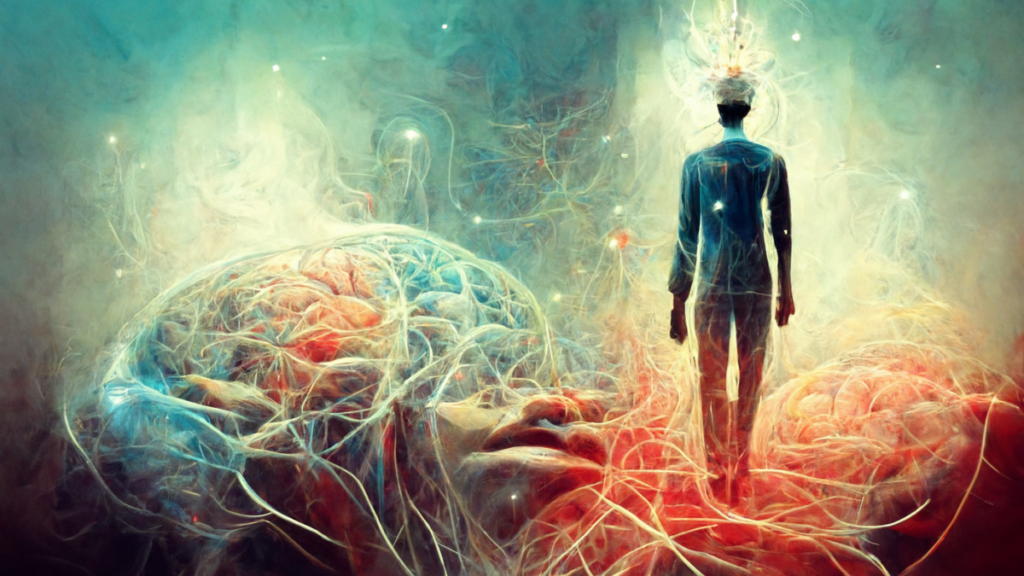
Artificial intelligence (AI) has reshaped the way we write, research, and share information. But with this convenience comes a new challenge: identifying whether content is written by humans or machines. This is where AI detection comes into play.
If you’ve ever wondered how AI detectors work, why they’re used, or whether your content could be flagged as AI-generated, you’re in the right place. Let’s dive into everything you need to know about AI-detection in a clear, human-friendly way.
What is AI Detection?
AI-detection is the process of analyzing text to determine whether it was written by a human or generated by artificial intelligence. These tools are commonly used by educators, editors, content platforms, and businesses to maintain transparency, ensure originality, and prevent misuse.
AI-detection tools scan written content for patterns typical of machine-generated writing, such as:
- Repetitive phrases
- Lack of personal tone
- Predictable structure
- Unusual sentence construction
Why is AI Detection Important?
The rise of AI writing tools like ChatGPT, Jasper, and others has led to an explosion of content creation. While this is great for productivity, it also raises some concerns:
Academic Integrity: Schools and universities want to ensure students are submitting original work.
Content Authenticity: Blogs and businesses value human emotion and experience in storytelling.
Plagiarism Prevention: Some AI tools rephrase existing content, creating unintentional plagiarism.
Brand Trust: Readers trust brands more when content feels authentic and personalized.
This is why AI detection matters. It keeps content honest and ensures readers are getting real value, not just regurgitated AI output.

How Do AI Detection Tools Work?
Most AI-detection tools use advanced algorithms trained to recognize AI writing patterns. Here’s a simplified breakdown:
Language Modeling
They compare the input text against massive datasets of both human and AI writing to find similarities.
Perplexity Score
This measures how “predictable” the text is. AI-written content tends to be more predictable than human writing, which varies more in tone and structure.
Burstiness Analysis
Human writing often has bursts of creativity or surprise—something AI lacks. Detectors look for this variation.
Pattern Recognition
AI tools tend to overuse certain phrases or sentence structures. Detectors are trained to spot these.
Some popular AI-detection tools include:
- GPTZero
- Originality.AI
- Winston AI
- Copyleaks AI Detector
- Content at Scale AI Detector
Can AI Detection Be 100% Accurate?
Short answer: No. While AI-detection tools are improving, they’re not perfect. There are still limitations:
False Positives: Sometimes, human-written text gets flagged as AI-generated.
False Negatives: Cleverly humanized AI text can bypass detection tools.
Bias in Models: If a detector is trained on narrow datasets, its accuracy might suffer.
Think of it like a lie detector—it can raise a red flag, but it’s not always the final word.

Tips to Avoid Being Flagged by AI Detectors
If you use AI to assist in writing, here’s how to stay on the safe side:
Your Personal Touch
Share personal stories, opinions, and real-life examples to humanize your content.
Edit the AI Output
Don’t just copy-paste AI content. Rewrite it, change sentence flow, and use a conversational tone.
Use Synonyms and Varied Sentence Structures
Avoid repetitive patterns that AI often uses.
Check Your Work with AI Detection Tools
Run your text through detectors before submitting or publishing. Better safe than sorry.
Where AI Detection is Most Commonly Used
Education
Professors and teachers use AI detectors to check if students relied too heavily on tools like ChatGPT.
Publishing & Journalism
Editors use AI-detection to ensure articles have a human voice and aren’t just auto-generated.
Marketing & SEO
Marketers want engaging content. Humanized writing performs better with readers and search engines.
Freelancing Platforms
Many platforms now require writers to submit content that passes AI-detection to maintain quality standards.

Is AI Detection a Threat or a Tool?
It’s easy to feel uneasy about AI detection, especially if you rely on AI to assist your writing. But really, it’s a tool—not a threat.
It helps:
- Maintain originality
- Uphold trust
- Improve writing quality
Instead of avoiding it, use it as a guide to create better, more authentic content.
What Happens If You’re Flagged by AI Detection?
That depends on the context:
- In schools: You might be asked to rewrite or explain your work.
- In professional settings: Editors might reject the content or request revisions.
- On platforms: You could face penalties or suspension if the rules prohibit AI-generated content.
The key is transparency. If you use AI, be upfront—and always revise to add your unique voice.
Pros and Cons of AI-Detection
Pros:
- Promotes originality and authenticity
- Helps maintain content standards
- Useful in academic and professional settings
- Encourages better writing habits
Cons:
- Not always accurate
- Can falsely flag human writing
- May discourage helpful use of AI
- Depends heavily on dataset quality
Like any tool, it’s about how you use it.
The Future of AI Detection
AI will keep getting better, and so will AI detection. Soon, we may see tools that go beyond text—detecting AI in videos, images, or even voice recordings.
As this technology evolves, it’s likely to play a bigger role in:
- Hiring and recruitment
- Customer service responses
- News verification
- Online education and e-learning
The bottom line? Authenticity will always matter. AI can assist, but the human touch is irreplaceable.
In a world where AI is writing everything from blog posts to school essays, AI detection has become a necessary checkpoint. It’s not about punishing people who use AI—it’s about ensuring content remains real, valuable, and trustworthy.
Whether you’re a student, content creator, or business owner, learning how AI detection works empowers you to create better content and avoid trouble. Use AI wisely, but always let your human voice lead the way.
FAQs About The AI Detection
What is AI detection used for?
AI detection is used to determine whether content was written by a human or generated by an AI tool.
Can AI detectors make mistakes?
Yes, AI detection tools can produce false positives and false negatives, especially with well-edited or very short texts.
Are AI detection tools free to use?
Many offer free versions, but advanced features are typically available on paid plans.
How can I make sure my AI-assisted content passes AI detection?
Edit the content thoroughly, add personal insights, and check your text with an AI detector before publishing.
Will AI detection tools get more accurate over time?
Yes. As AI writing evolves, detection tools are constantly improving to keep up with new patterns and behaviors.
